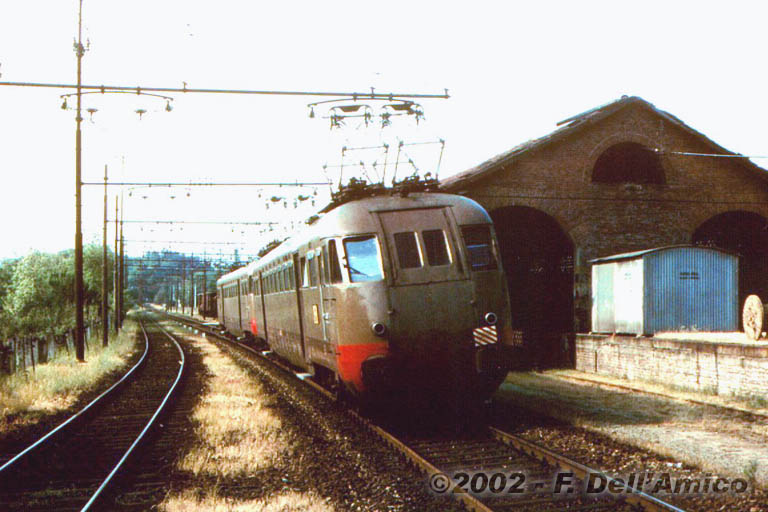So slugs work by getting their electricity to power the trucks from the main engine, right? If so, couldn't an electric loco with the proper wiring be used as a slug when it isn't under the wire? Also, couldn't the reverse apply, with diesels and an electric under the wire, with the diesels acting as slugs, although this would be less efficient.
In theory, you are for the most part correct, it could work. But I think there are a number of real-world issues that I think would prevent this.
Using extra slug traction motors without a connection to the catenary would increase the current drawn through the pantograph for the locomotive providing the power. Why deal with this when you could just as easily use a panto on the second loco?
Secondly, slug sets are typically mated fairly permanently because of the heavy-duty connections needed to carry the power between them, again very high current. So it wouldn't be typical to pull a loco off an electric-powered division where it is needed just to mate it temporarily using special connections that wouldn't normally exist when you would really have a slug set already available if you needed them.
Third, refer to the first point and the fact that if you're trying to use a diesel as a slug on an electric line that's an awful lot of extra weight to carry around, and you still have the extra current to deal with.
I think what you really want is something Amtrak and others around NYC have been using for a long time - Dual Mode engines. (
http://en.wikipedia.org/wiki/GE_Genesis#P32AC-DM). They use 3rd rail power when in the tunnels around NYC, then once outside where the 3rd rail stops they switch to diesel power. But Amtrak and Metro North don't really have a need for slug sets either...
It's also important to understand that slugs are primarily only used for extra tractive effort at slow speeds (the idea being that spreading the same amount of power from one engine over twice as many wheels on the rail decreases chance of wheelslip) and are typically disconnected from the power at speed, so the weight in slugs is minimized. Why carry extra weight around at speed?



